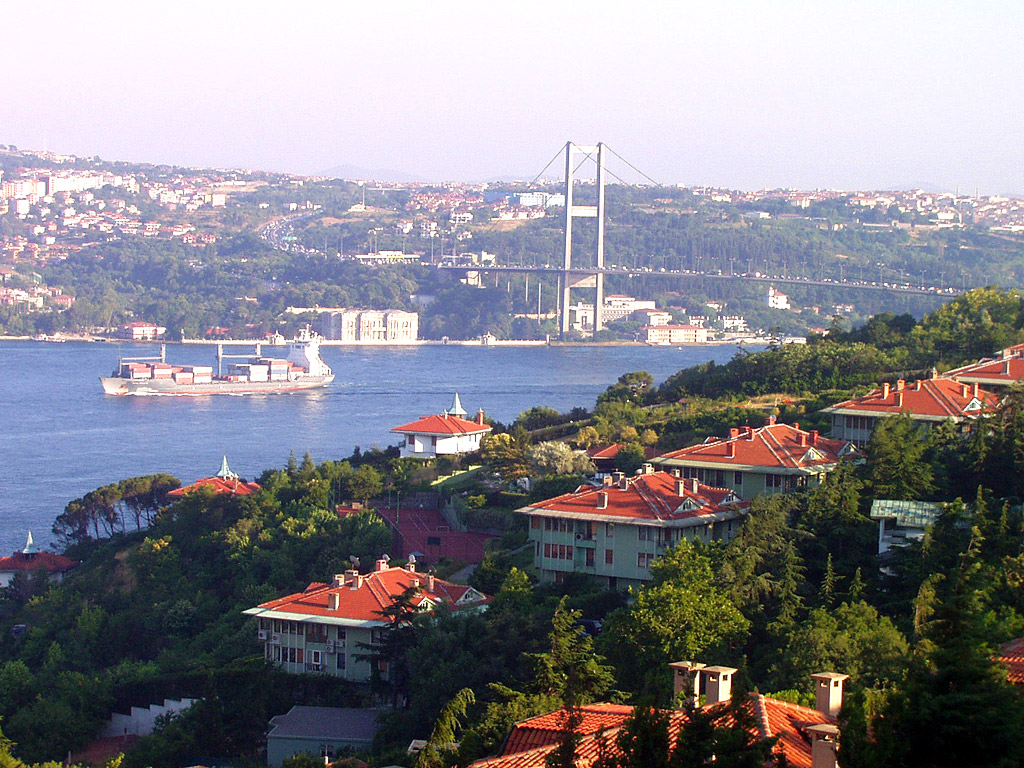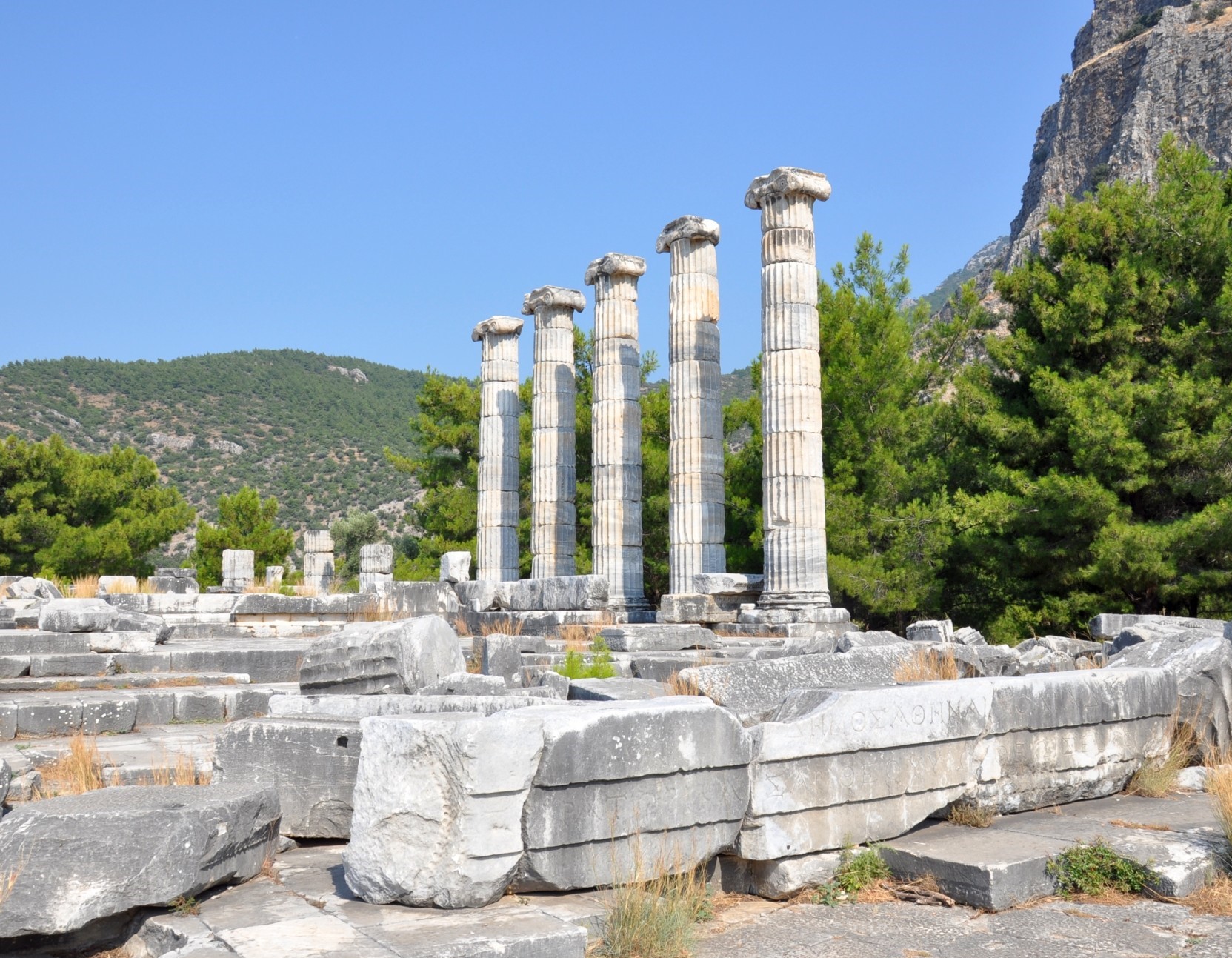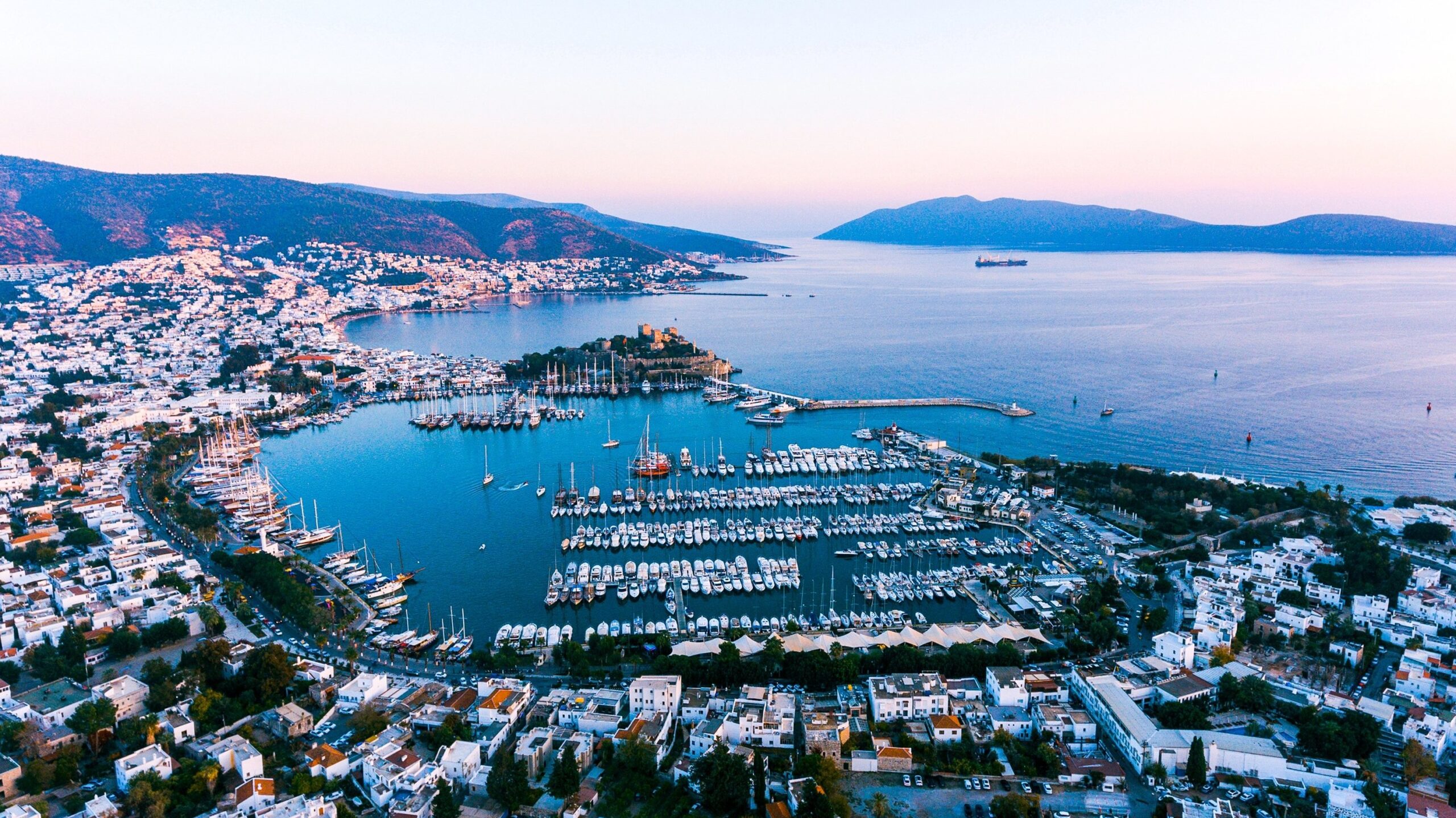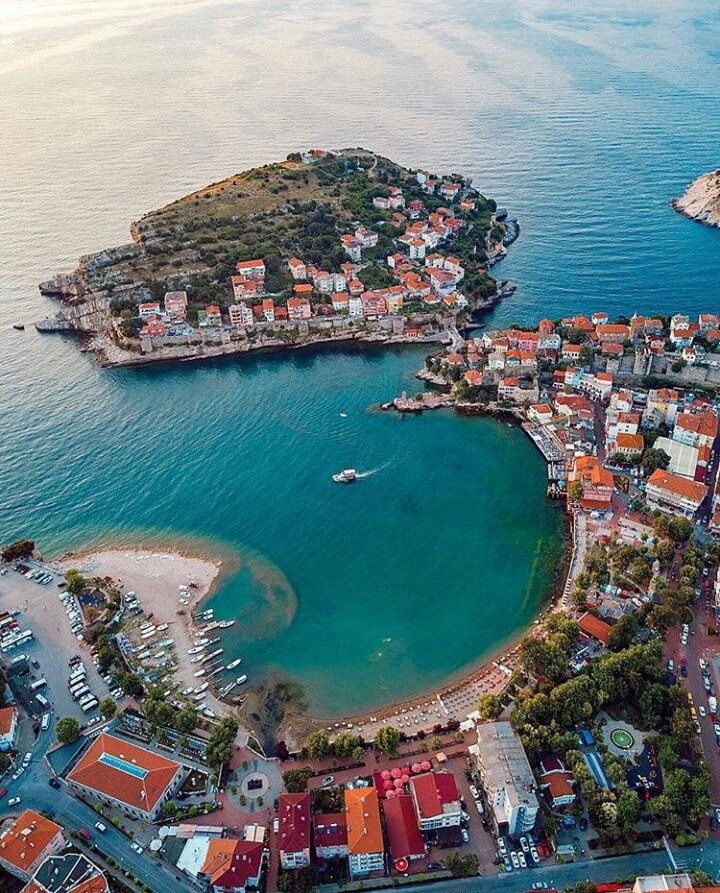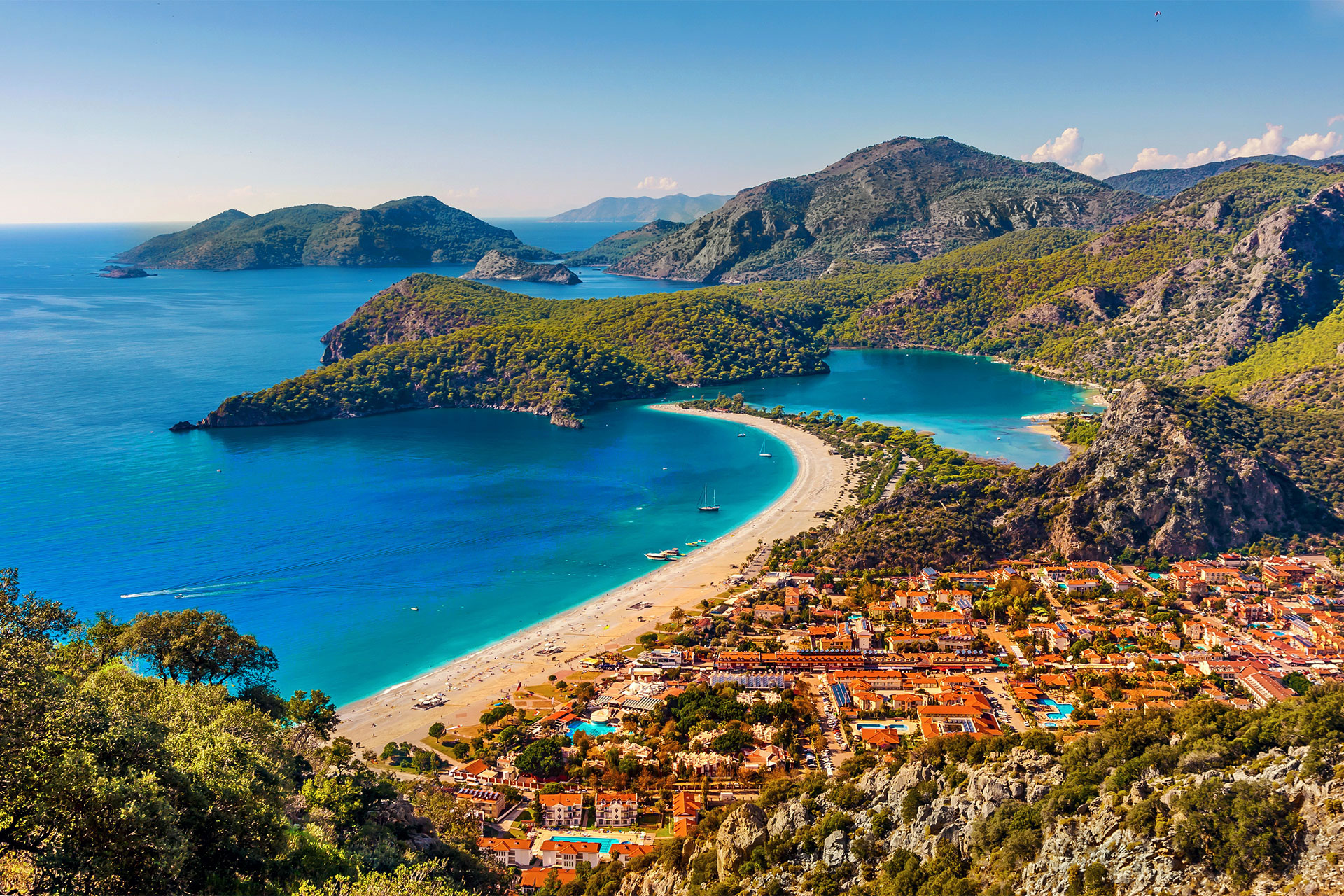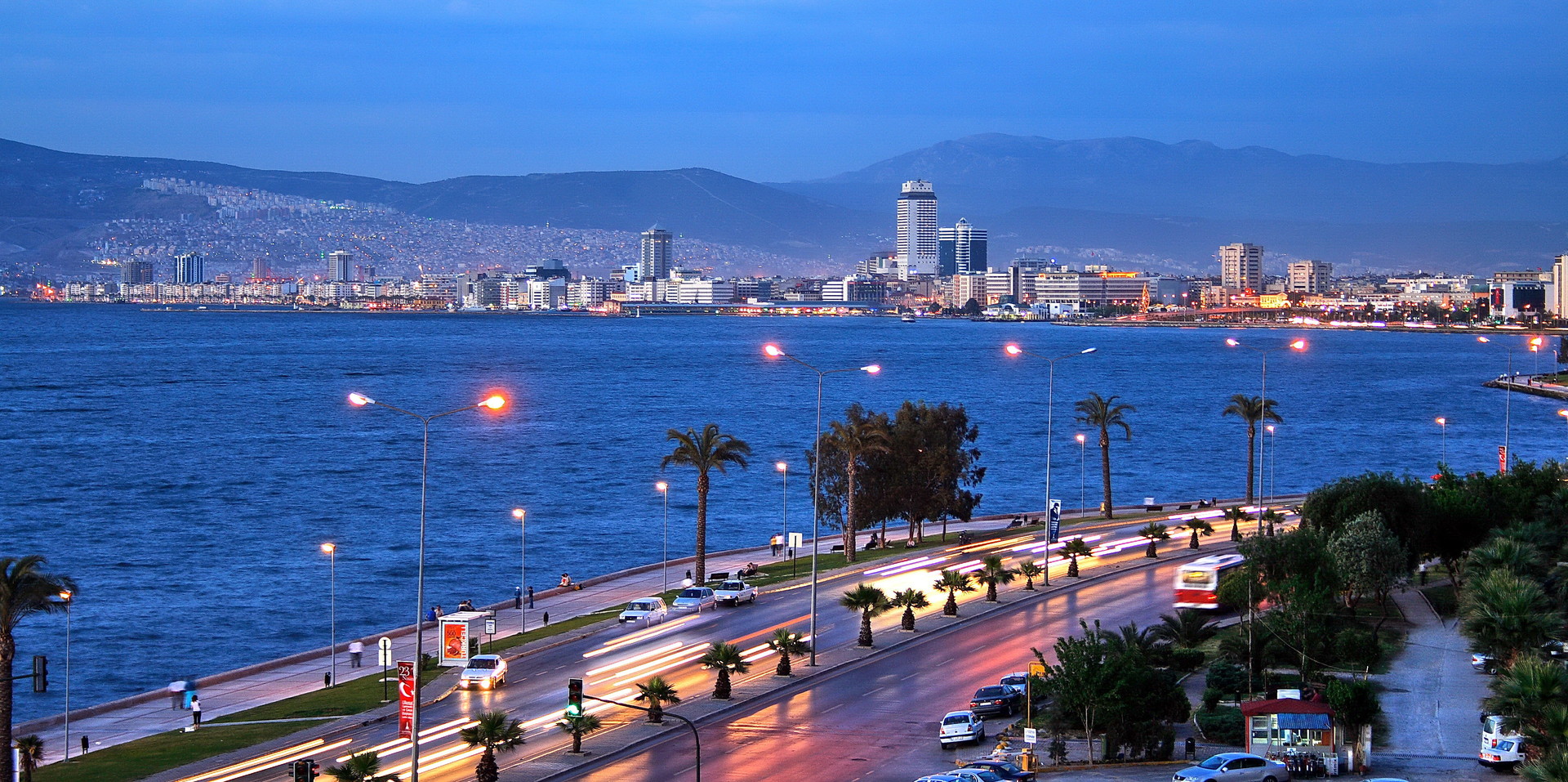“Do not think that you will leave as you came, and that those before you were like that. They always left their minds in Bodrum…” This is how Halicarnassus Fisherman Cevat Şakir Kabaağaçlı wrote about Bodrum. No place in Turkey’s holiday resorts has such a different image as Bodrum. Everyone has their own Bodrum. If you want, let’s start with the Bodrum of the Halicarnassus Fisherman, who introduced Bodrum to Turkey and the world: ‘In the past, houses were placed on high slopes for war and defense.
These were called ‘towers’, not houses. But longing for the sea, unable to sit still because of envy for the blue, they twitched downhill with their pine-scented horseshoes; two sheep are lined up along the creaky gravel. Those who were left behind stood on their tiptoes and looked over their sisters’ shoulders at the sea. And some brave houses plunged into the sea, became boats, and played on the waves, and mocked their wimpy sisters on land. That is why there is a close kinship between boats and houses, and tangerine gardens.
Boats that are tired of going back and forth on the sea become either houses or tangerine gardens. “It may seem a lie to those who have not seen and lived and do not know Bodrum, but what Cevat Şakir said is the same, believe me. Bodrum is one of the most mentioned holiday regions of our country. The Fisherman of Halicarnassus, who introduced Bodrum, and our intellectuals, whom he infatuated with Bodrum, and our writers and illustrators, who lived in Bodrum and spent most or all of the year there, have a great share in this reputation. There are novels and stories by Selim İleri, Vedat Türkali and many other writers set in Bodrum.
In Bodrum, whose fame is increasing and whose crowd is increasing as its reputation increases, you will definitely come across a poet, writer or painter you know somewhere. But of course, its fame does not only come from here. Bodrum’s big-hearted spongers, captains in love with the seas, fishermen, whitewashed houses, bougainvillea with purple flowers wrapped around the walls of the houses, sparkling bays around it, if not in it, and most of all, the nights that stretch towards the sunrise add to Bodrum’s reputation. Bodrum is not just a place to relax. Fun is definitely added to the holiday.
During the Bodrum holiday, the day is divided into two. During the day, you swim in a deep blue bay, the bodies are left to the burning of the bright sun, that is, they rest and prepare for the night. When the sun sets and the stars adorn the sky, the call of a new life is heard. It is impossible to turn a deaf ear to this call. This is the call of the basement night. Who can resist the call of friendships, dreams, loves? Especially if the full moon adorns the sky.. Along the coast, in the surrounding villages and bays, on the streets lined up with whitewashed houses, on the slopes, restaurants are ready for the night. The fish, which were caught in the nets and fishing rods of master fishermen, were deposited on the ice.
Groupers, colorful skaros, stuffed mussels, squids and surely octopuses.. If a raki table is set up in Bodrum, octopus salad is a must. I don’t know if it’s from the octopuses or the cooks, but it is. In Bodrum, everyone will find a place according to their hearts and spend the evening. There is also a fisherman’s tavern and a pizzeria. There is also a place where the chapter is passed, and there is rock music. Bar Street, Cumhuriyet Street, Neyzen Tevfik Street, Azmakbaşı; In short, everywhere is full of bars and taverns. The choice is yours. Bodrum is not only the sea and the sun, nor are it just colorful nights.
The adventure of mankind in Bodrum has a history dating back 3000 years. Historian Herodotus from Bodrum said that the city was built in BC. He writes that it was founded in 1000 by the Dorians in the place where the castle stands today. At that time, this place was an island. Halicarnassus had its heyday BC. He lived in the IV century. During the 24-year rule of Mausolos, who made this place the capital of Caria, the construction of the magnificent Mausoleion monument, which is considered one of the seven wonders of the world and whose foundations have only survived to the present day, was started. After his death, Artemisia II, who was both his wife and sister, continued the construction of the mausoleum. When he died before he could complete it, the artists completed the monument with their own means.
An Ionic style temple section surrounded by 36 columns, a 24-step pyramid above it and a horse-drawn chariot at the top, and a magnificent 42-meter work consisting of marble statues of Mausolos and Artemisia appeared. The sculptures and some of the reliefs are in the British Museum today. He was not kidnapped, but taken with the permission of the Sultan. When Artemisia died, Idrius took her place, and after her Princess Ada took over. Ada, who was deposed by his younger brother, was restored to the throne by Alexander (334 BC), who ruled the city.
After Alexander, the region came under the rule of Lysimachos (301 BC) and then the Ptolemies. BC. Rhodes in 189 was attached to the Kingdom of Pergamon in 167, MS. In the IV century, it became the episcopal center during the Carian period. In 1274, the Menteşe Principality was established in this region and joined the Ottoman lands during the reign of Suleiman the Magnificent. Not much has been unearthed because the old city is completely under the current settlement. The restored theater, located on the hill next to the highway passing through the upper part of Bodrum, was also built during the reign of Maussollos.
Some of the city walls can be seen at the Myndos gate on the way to Gumbet. The last one of the Castle, which is considered the symbol of the city, was built by the Knights of Saint Jean with the permission of Sultan Çelebi Mehmet. The construction of the castle started in 1402 and additions were made over time. The ruins of the Mausolleion, which was destroyed by an earthquake, were used as building blocks in the castle. The towers of the castle are called French, Italian, German, Spanish and English Towers according to their construction. The castle is organized as a museum today. The first and only underwater museum of our country is here.

